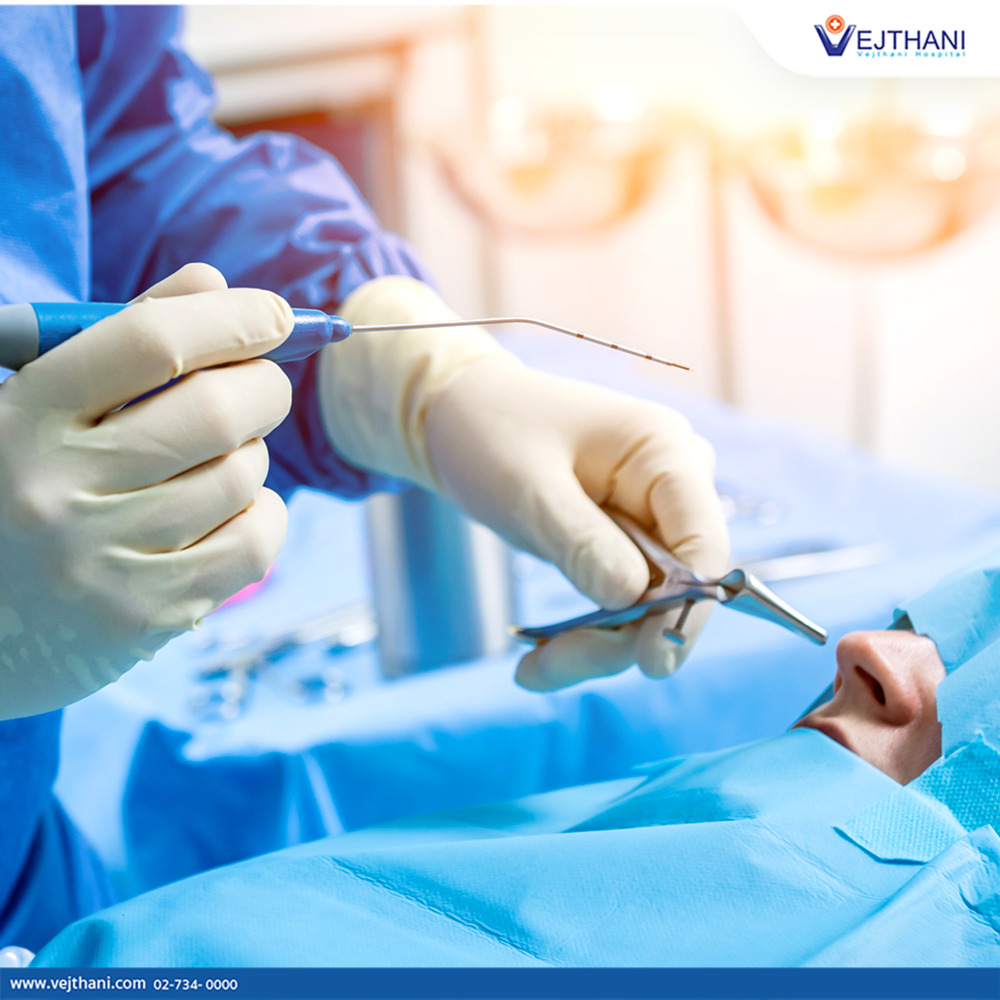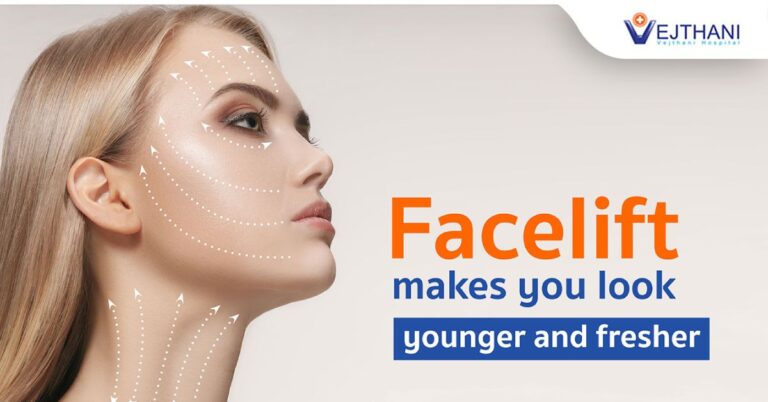

Not too long ago, having a nose job was seen as a hush-hush affair, mainly done by the rich and famous. As times and mindsets change, rhinoplasty, the medical term for a nose job, has become one of the most popular procedures in Thailand these days.
Not every rhinoplasty procedure deals with strictly cosmetic issues. Some procedures have been developed to make breathing easier for patients who suffer from a traumatic nose injury or who have difficulty breathing through their nose when asleep.
There are two methods of performing all rhinoplasty procedures: open and closed. The methods are chosen based on the objective of the surgery, between nose enhancement and medical issues. Both types of rhinoplasty are generally performed while the patient is under general anesthesia and heavily sedated or asleep.
Open Rhinoplasty
Some rhinoplasty procedures favor the open method, which involves an incision in the columella (the cartilaginous part of the nose). This allows the surgeon to lift the incision flap and have better access to the entire nose structure.
Patients with broken or crooked noses or deformed nasal lips are often recommended open rhinoplasty. It’s a better method for defect elimination, and there’s less chance of nasal asymmetry.
Open rhinoplasty has some drawbacks, including longer recovery time, lasting 4 to 6 weeks for bruising and swelling to fully heal, while closed rhinoplasty only requires 1 to 2 weeks. Open rhinoplasty also involves a longer surgery duration, typically taking 2 to 3 hours, compared to the closed method, which is quicker at around 1.5 to 2 hours. Additionally, open rhinoplasty may result in scarring at the incision site, though they tend to fade over time.
Closed Rhinoplasty
The incisions in closed rhinoplasty are made inside the nostril walls, and the skin is lifted by a surgical tool. Since the incisions are behind the tip of the nose, the surgeon has limited access to the tip, so this method is not advised for patients who prefer tip alterations.
Closed rhinoplasty is used when the alterations are minor. There are no large incisions needed. Making the surgery shorter, generally about 20 to 90 minutes, reduces recovery time. Since there are no incisions on the exterior part, visible scars are less.
The patient can typically return to their everyday life within a week of the procedure, and the reduced tissue trauma minimizes the risk of complication.
The downside to closed rhinoplasty is the delicacy of the procedure. This causes many surgeons to choose it only for minor procedures. The patient may also have breathing difficulties for the first couple of days.


Different Rhinoplasty Procedures
Rhinoplasty patients have numerous options to get the nose structure they’ve always wanted. The latest procedures include:
- Adjusting asymmetrical aspects to provide more balance to the nose
- Correcting or altering the nose tip (bulbous, upturned, or hooked)
- Narrowing the bridge of the nose
- Reducing the size of the nose
- Reducing the size of the nostrils or nostril wings
- Removing or reducing bumps or humps in the bridge of the nose
- Straightening a crooked nose
What to Expect Before and After a Rhinoplasty Procedure
The rhinoplasty procedure is generally done on an outpatient basis. You should discuss any medications you’re taking with your doctor to ensure they’ll be safe to take before the procedure. You’ll be asked to stop taking regular blood-thinning medications or anti-inflammatories. Your doctor will advise how long before the procedure to stop.
You’ll be under sedation during the procedure, so you won’t be allowed to drive home. Ask a friend or a family to take you home and spend at least the first night with you to assist you in case of any complications.
You may wake up feeling slightly dizzy after the procedure. You’ll have a splint over your nose to protect it from injury. Take plenty of sleep and rest when you are home.
Keep your head elevated while you’re asleep for the first few days. Most patients can consume solid food the day after the surgery. Make lightweight ice packs from plastic bags and crushed ice and apply them as often as you can to your eyes and cheeks. This will help reduce swelling. Expect bloody discharges from your nose for a few days and change the gauze whenever it becomes saturated. Don’t wipe, rub, or blot your nose for the first few days.
Your doctor will give you more instructions on how often to change your bandages and when you can look forward to returning to your previous lifestyle.
Have Rhinoplasty Performed at Vejthani Hospital
The Plastic Surgery Center at Vejthani Hospital performs all rhinoplasty procedures. If you are considering undergoing rhinoplasty, please make an appointment for a consultation and an examination at our Plastic Surgery Center.
- Readers Rating
- Rated 4.7 stars
4.7 / 5 ( Reviewers) - Outstanding
- Your Rating























